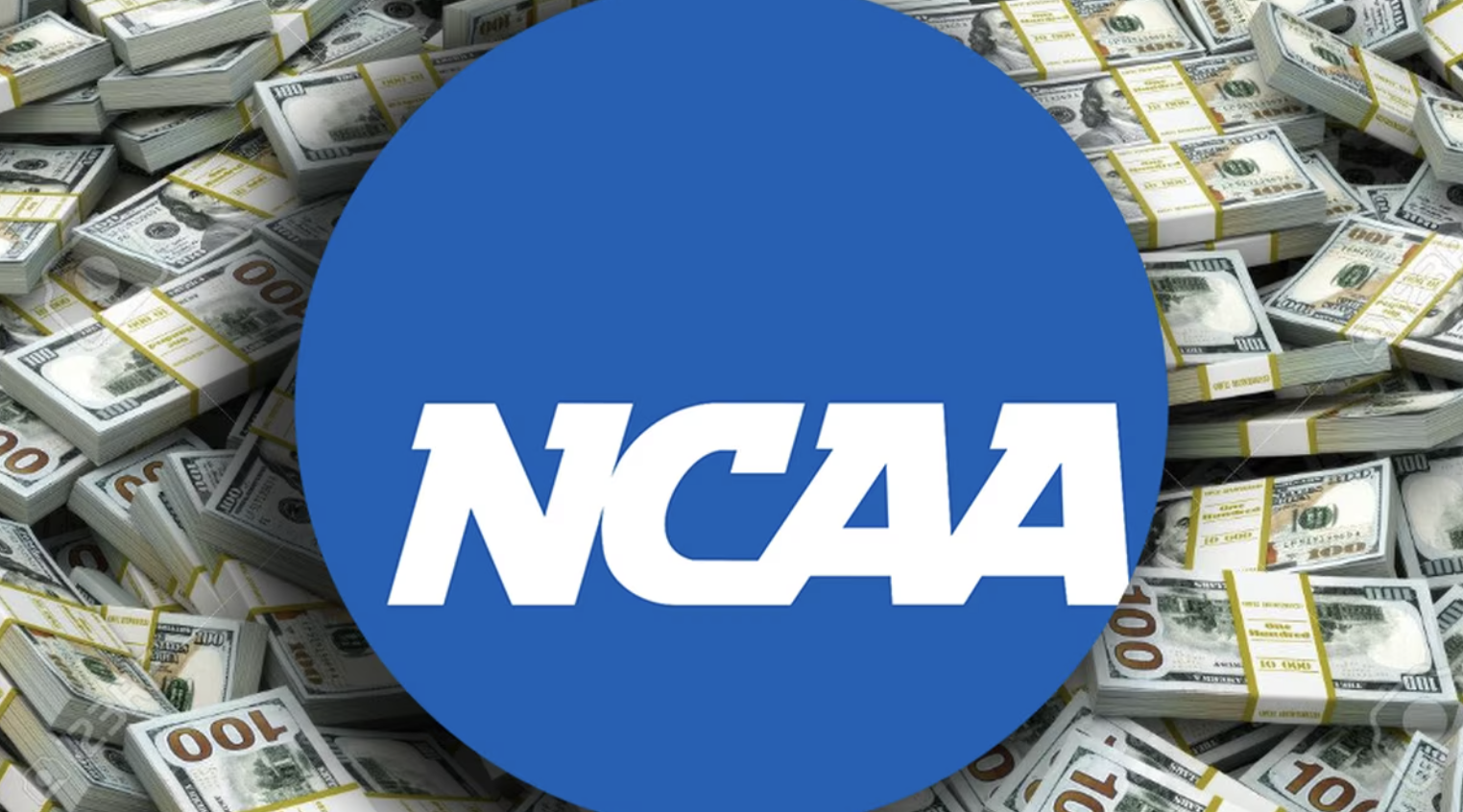Navigating NIL: A Global Landscape of Legal Implications for International Student-Athletes

The on-going debate of whether student-athletes should be considered as employees continues to linger. One area particularly looked upon in consideration is the introduction of Name, Image, and Likeness (NIL) laws that allow student-athletes to profit from their personal brands. In recent years, the landscape of college-level sports has vastly transformed in accordance with the continuous growth in new NIL laws. However, there is one class of student-athletes whose accessibility to these sizeable opportunities has been specifically handicapped, and that is international student-athletes.
Twelve percent of D-I athletes are international student-athletes who continue to face unique legal implications that intertwine visa regulations, work authorization, university policies, and tax considerations. Differential treatment between domestic and international student-athletes may exist due to visa restrictions and immigration considerations. However, it is crucial to understand these differences when seeking to capitalize on NIL opportunities and remain within the bounds of the law.
International athletes attending college in the United States typically hold an F-1 or J-1 visa, simply referred to as student visas, which are supplemented with specific rules regarding employment and income-generating activities. Engaging in NIL activities may raise questions about compliance with visa regulations, potentially impacting a student-athlete’s immigration status and ability to remain in the U.S.
Student-athlete NIL compensation may be made in one of two ways: active income or passive income. The difference being that passive income does not include any activities considered to be “services” or “labor for hire” under labor law in the United States. For example, passive income may include profits from licensing, billboards, and other advertisements alike. Despite this restriction, international student-athletes are free to engage in income-generating opportunities so long as any active participation is confined within the borders of their native country.
The U.S. Citizenship and Immigration Services (USCIS) sets forth guidelines on permissible employment for international students, but the intersection of NIL activity with these regulations provides for a dynamic area of caution. Navigating this legal landscape requires communication and understanding between athletes, universities, and legal advisors to ensure adherence to visa rules.
University policies can be pivotal in shaping the parameters of profit-generating NIL ventures for international student-athletes. Policies may widely vary for each university, which in turn, influences the scope of permissible NIL activities at a given institution.
NIL compensation introduces tax considerations that international student-athletes earning income within the country must navigate and abide by. The Internal Revenue Service (IRS) explains tax obligations for international students, emphasizing the importance of proper reporting and understanding tax responsibilities potentially associated with NIL earnings.
These challenges lead to two important questions:
First, will the newly evolving NIL laws that clearly favor domestic student-athletes drive international student-athletes’ premier talent away from universities? If so, the United States’ economy may face negative implications because many universities rely heavily on such talent to drive admissions and commerce through successful athletic programs.
Second, should countries with international students come to an agreement that exempts those individuals from being subject to employment laws precluding them from participating in active NIL opportunities?
On the other hand, if college athletes are considered employees, and thus directly compensated for their active performance, does that preclude international student-athletes from participating in college athletics altogether because student visas prohibit income-generating activities?
Article Written by Dana Krinsky
Sources:
https://www.ice.gov/sevis/employment
https://www.sportsbusinessjournal.com/SB-Blogs/OpEds/2023/01/23-PaganoHigginsHutson.aspx
https://www.phelps.com/insights/can-international-student-athletes-benefit-from-nil-agreements.html
